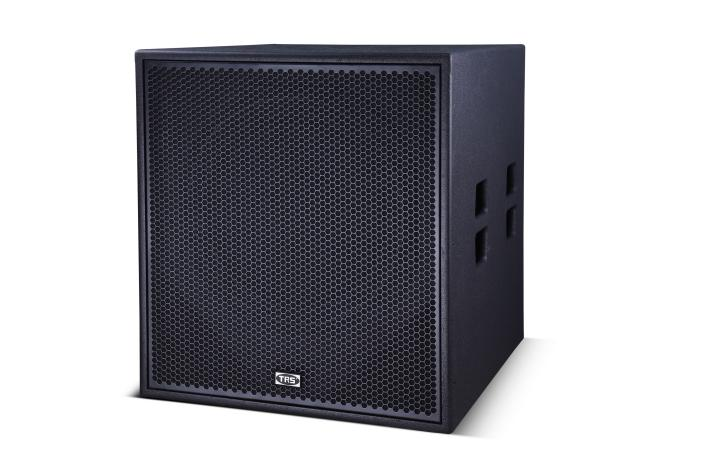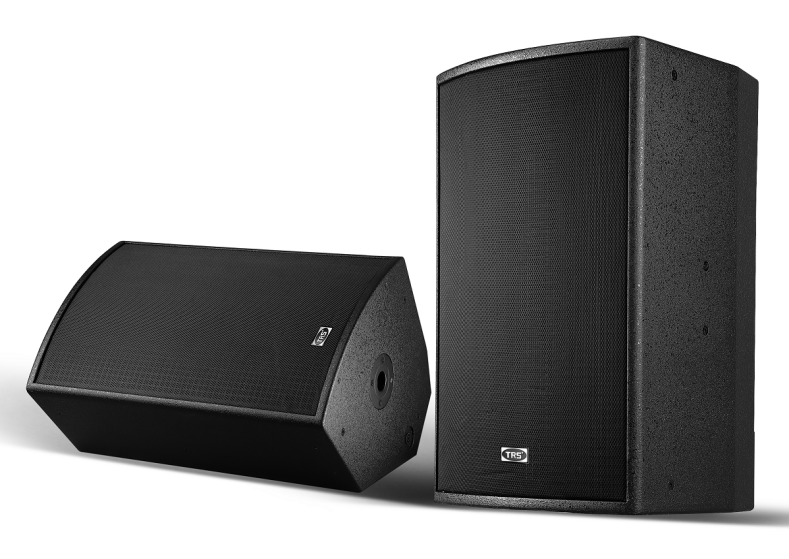Sound systems are an indispensable part of our lives, playing an important role in both home entertainment and professional music production. However, for most people, choosing the right audio equipment may be confusing. In this tweet, we will explore some key indicators around sound to help you better understand how to choose sound equipment that suits your needs.
1. Frequency response
Frequency response refers to the volume output of audio equipment at different frequencies, usually measured in Hertz (Hz). For high-quality audio equipment, they should be able to cover a wider frequency range and be clearly displayed from low to high tones. Therefore, when choosing audio equipment, pay attention to its frequency response range to ensure that you can enjoy a more comprehensive audio experience.
2. Sound pressure level
Sound pressure level is an indicator that measures the output volume of sound equipment, usually measured in decibels (dB). A higher sound pressure level means that the sound equipment can provide stronger sound output, suitable for large events or scenes that require filling the entire room. However, it is important not to blindly pursue sound pressure levels, as excessive volume may cause damage to hearing. Therefore, when choosing audio equipment, it is important to consider your usage scenario and needs to balance volume and sound quality.
3. Harmonic distortion
Harmonic distortion refers to the additional audio distortion generated by audio equipment when amplifying sound, usually expressed as a percentage. Low harmonic distortion means that audio equipment can more accurately reproduce the original audio signal, providing clearer and more authentic sound quality. Therefore, when choosing audio equipment, it is important to pay attention to the level of harmonic distortion to ensure that you can enjoy a high-quality audio experience.
4. Signal to noise ratio
Signal to noise ratio is an indicator that measures the ratio between the output audio signal of a sound device and background noise, usually measured in decibels (dB). A higher signal-to-noise ratio means that audio equipment can provide clearer and purer audio signals, reducing the impact of background noise on sound quality. Therefore, when choosing audio equipment, it is important to look for products with higher signal-to-noise ratios to ensure that you have a better audio experience.
5. Driver unit
The driver unit of audio equipment includes components such as speakers and subwoofers, which directly affect the sound quality and performance of the audio equipment. Different types of drive units are suitable for different frequency ranges and audio performance, such as dynamic coil drive units, capacitive drive units, etc. Therefore, when choosing audio equipment, pay attention to the type and specifications of its driver unit to ensure that it can meet your audio needs.
6. Phase response
Phase response is the ability of audio equipment to respond to phase changes in input signals, which directly affects the time-domain characteristics of audio signals. In high-quality audio equipment, the phase response should be linear, maintaining the temporal relationship of the audio signal unchanged. Therefore, when selecting audio equipment, attention should be paid to its phase response characteristics to ensure the accuracy and clarity of the audio signal.
7. Frequency resolution
Frequency resolution refers to the ability of audio equipment to distinguish signals of different frequencies, usually measured in Hertz (Hz). A higher frequency resolution means that audio equipment can more accurately distinguish audio signals of different frequencies, providing finer and more accurate sound quality. Therefore, when choosing audio equipment, it is important to pay attention to its frequency resolution level to ensure that you can achieve a higher quality audio experience.
8. Dynamic range
Dynamic range refers to the range of differences between the maximum and minimum signals that audio equipment can process, usually measured in decibels (dB). A larger dynamic range means that audio equipment can process a wider range of audio signals, providing a larger range of volume changes and richer audio details. Therefore, when choosing audio equipment, pay attention to its dynamic range characteristics to ensure that you can enjoy better audio effects.
9. Phase consistency
Phase consistency refers to the degree of consistency between the phases of multiple audio devices when outputting audio signals, which is usually very important in multi-channel systems. Good phase consistency means that audio signals from different channels can remain synchronized, providing a more three-dimensional and realistic audio experience. Therefore, when choosing a multi-channel audio system, it is important to pay attention to its phase consistency characteristics to ensure that you can achieve more immersive audio effects.
By understanding the above key indicators, we hope you can be more confident in choosing the audio equipment that suits your needs. Whether it’s home entertainment or professional music production, high-quality audio equipment can bring you a better audio experience
Post time: Mar-28-2024


